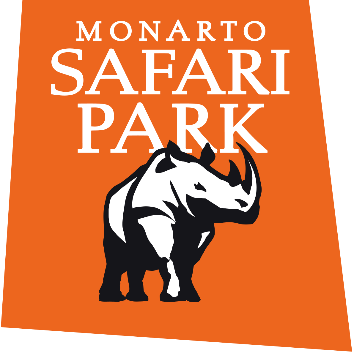Keepers at Monarto Safari Park are rapt about rats, welcoming the birth of eight native Greater Stick-nest Rat pups as part of a conservation breeding program.
Natives keeper, Cristy Seymour, said at first glance a Greater Stick-nest Rat may look like a common domestic rat, but it’s this nesting behaviour which makes them so unique.
“Greater Stick-nest Rats make a large complex nest out of sticks and inside there will be tunnels with little chambers that they line with straw, hay and other vegetation.
“Females raise their young in these nests to protect the pups from predators.
“The nest can be a couple of feet high and one to one and a half metres wide, which is impressive considering the rat itself is the size of a guinea pig and only 300 to 350 grams!” said Cristy.
The two sets of twins and two single pups are being closely monitored via cameras. They spend most of their time under the attentive care of mum in a large nest and as nocturnal animals emerge under the cover of darkness to explore the habitat.
The new arrivals are a special achievement of Zoos SA’s breeding program to safeguard the species, which became extinct on mainland Australia in the 1930s.
The IUCN Red List now estimates there are between 3,000 to 4,000 Greater Stick-nest Rat left, restricted to islands and small regions of South Australia where rats have been reintroduced.
Once found across Australia, these hardy animals are built for dry climates and don’t need to drink water.
“Greater Stick-nest Rats get all the moisture they need from native vegetation, salt bush or succulents, so their urine can look quite concentrated and tar in colour, but that’s normal and a result of the high salt diet.”
Once grown, the pups will become one of the founding animals of Monarto Safari Park’s Mallee Sanctuary. The project will see over 60 hectares of scrub become a ‘half-way’ house for the soft release of conservation-dependant animals.
“In 2023 we paired up adult Greater Stick-nest Rats originating from remaining wild populations on Franklin Island and Reevesby Island to breed at the park.
“As one of the only mainland institutions to be working with Greater Stick-nest Rats, we play an important role in building up their numbers and the arrival of the eight pups is very rewarding for the whole team,” finished Cristy.
Greater Stick-nest Rat might be a lesser known Australian native, but they play an intrinsically important role in the ecosystem. Zoos SA is working hard to ensure all our native animals survive and thrive for generations to come.
Each time the public visit Monarto Safari Park or Adelaide Zoo, they are supporting Zoos SA’s vital conservation work.








